
As we saw in the previous article on food waste , the figures are staggering. A third of global food production, or 41,200 kilos of food per second, is wasted.
The figures also show that Canadians are at the top of the list as wasteful people and that 14% of waste comes from consumers.

Far be it from us to give a cooking class. There are enough recipe books and websites on the subject.
Whether in the way we shop, in the way we store our food and cook it, several simple strategies can be put in place. We're not talking about magic here, we're talking about 3 key words: Plan, Maximum Use and Conservation.
Plan
Nothing new under the sun here. Good planning of your meals is essential to healthy management of the food you consume, or not... We are talking here about taking around twenty minutes per week to do good planning. Here are simple steps to get there.
- First look at what you have on hand in your fridge, freezer and pantry.
- Plan all meals for the week (ideally planning according to the season in order to buy as much local produce as possible!)
- Make a list of foods and quantities needed and stick to it
- Cook according to your original plan.
Use everything!
First we will really make the decision that it is unacceptable for food that is still edible to end up in compost or, worse, in garbage! In making this decision we will pay particular attention to what we can do best. Here are some ideas on what you can do:
- Eat the leftovers
- Put foods in your fridge and pantry that you might miss.
- Reduce the amount of food in your children's lunch boxes if they tend not to eat everything.
- Use the peels and bones to make broths which can be useful for soups or sauce bases.
- Prepare foods that are no longer edible. Any combination of vegetables can make a good soup and any fruit can make a good compote!
Keep
There are many food storage options. Most have everything on hand to reduce food waste. We all know that we can can, dehydrate fruits and vegetables, refrigerate and freeze.
However, there is relevant information that exists for the latter two which actually represent the bulk of our perishable food preservation.
Here we present to you an image which gives all the necessary clues for proper preservation of food in the refrigerator.

Seasonal vegetables are no longer as fresh and wilt quickly or our refrigerator does not adequately give you the options you want for storing our vegetables? There are doubly eco-friendly and plastic-free alternatives for these. The vegetable can continue its life by simply putting it in a bag specially designed for it.
Regarding freezing, obviously before freezing food, we will worry about the elements of healthiness and edibility. Then, we will follow the following strategies:
- Make sure the freezer is set to -18°C or colder.
- Avoid temperature variations in the freezer by avoiding putting hot food in it (development of large ice crystals and burns)
- Freeze foods separately on a plate and then store them together once frozen.
- Promote rapid freezing by placing packages near the freezer's cooling system.
- Air trapped in packaging can shorten shelf life and affect the color, flavor and texture of foods. As we are also talking about ecology here, we will avoid single-use packaging such as vacuum packaging and plastic bags. We can just as effectively favor reusable packaging from which it is possible to remove the air.
We have provided you here with what we consider to be the basis of good food management which allows you to eliminate the majority of food waste in your home. There is a whole series of websites where you can find additional information, tips and tricks to avoid food waste at home.















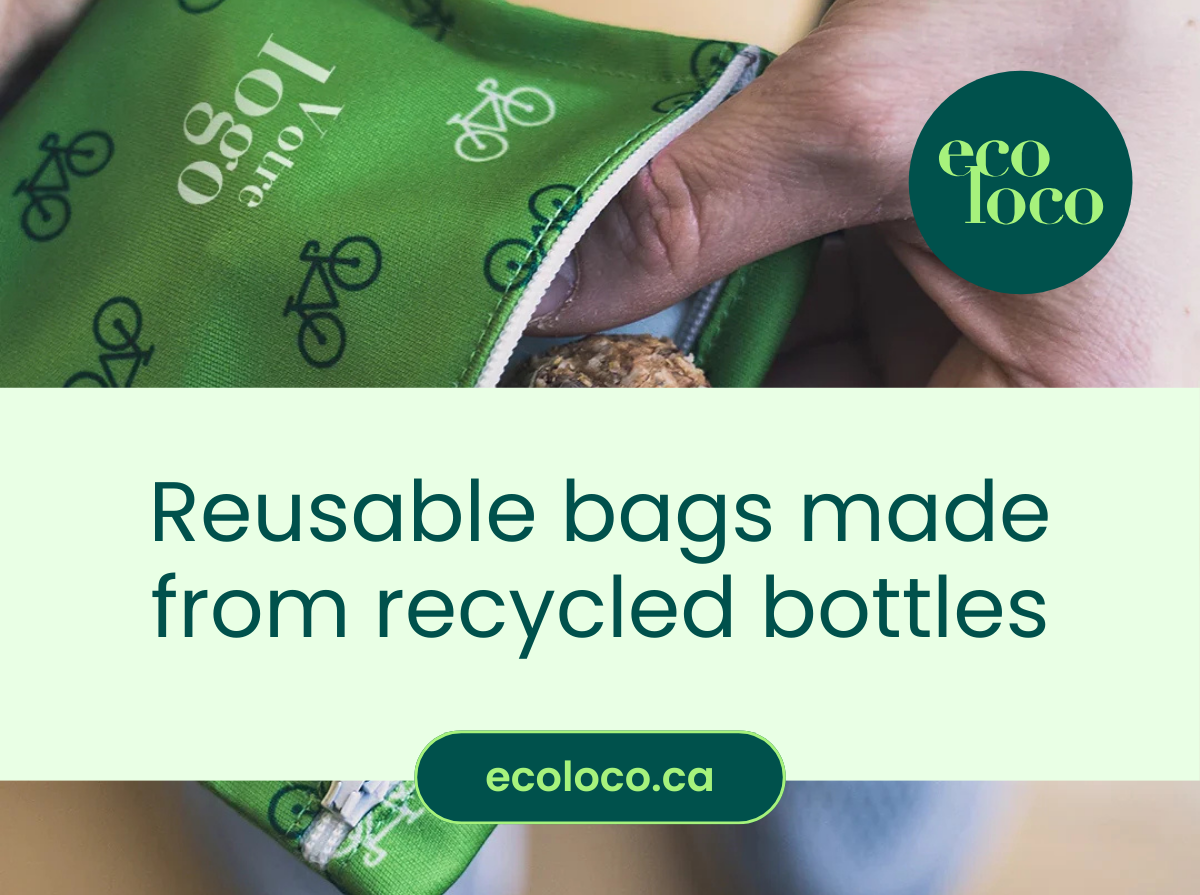
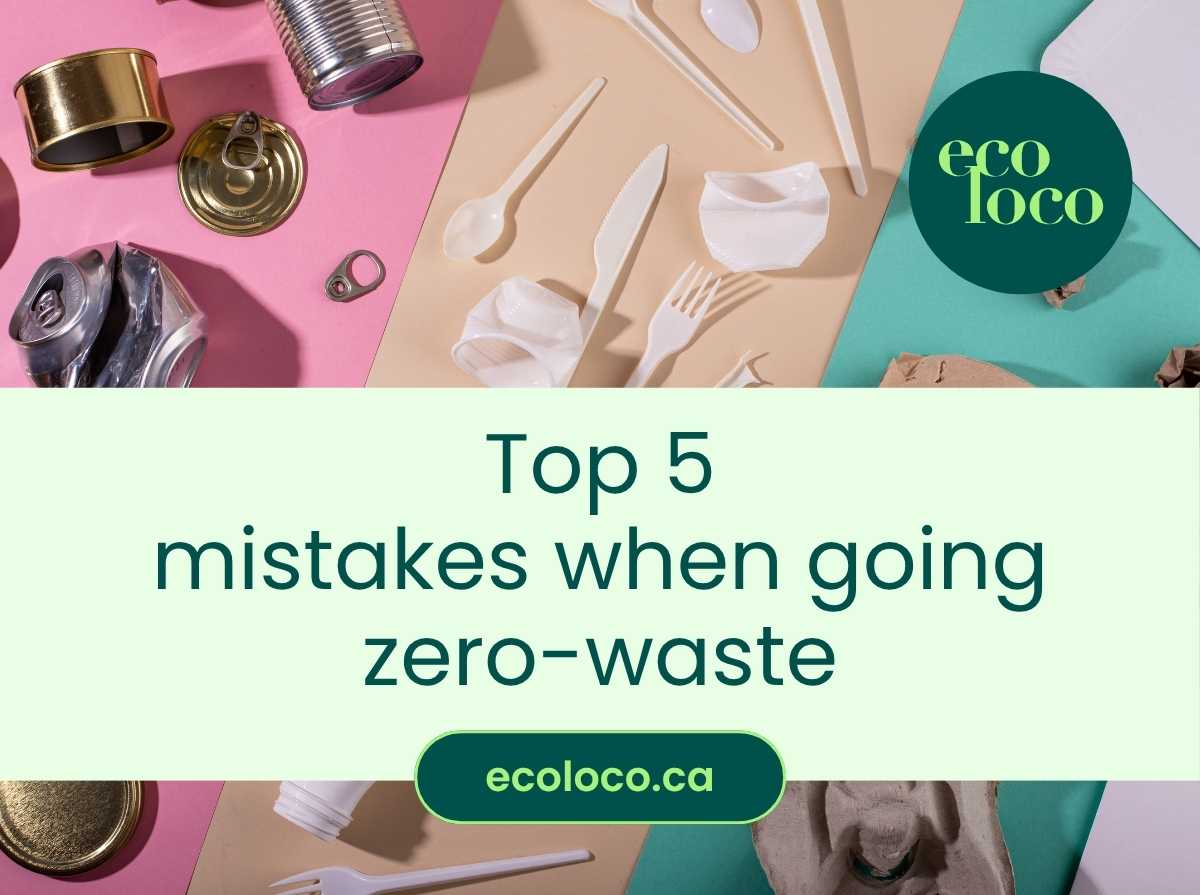
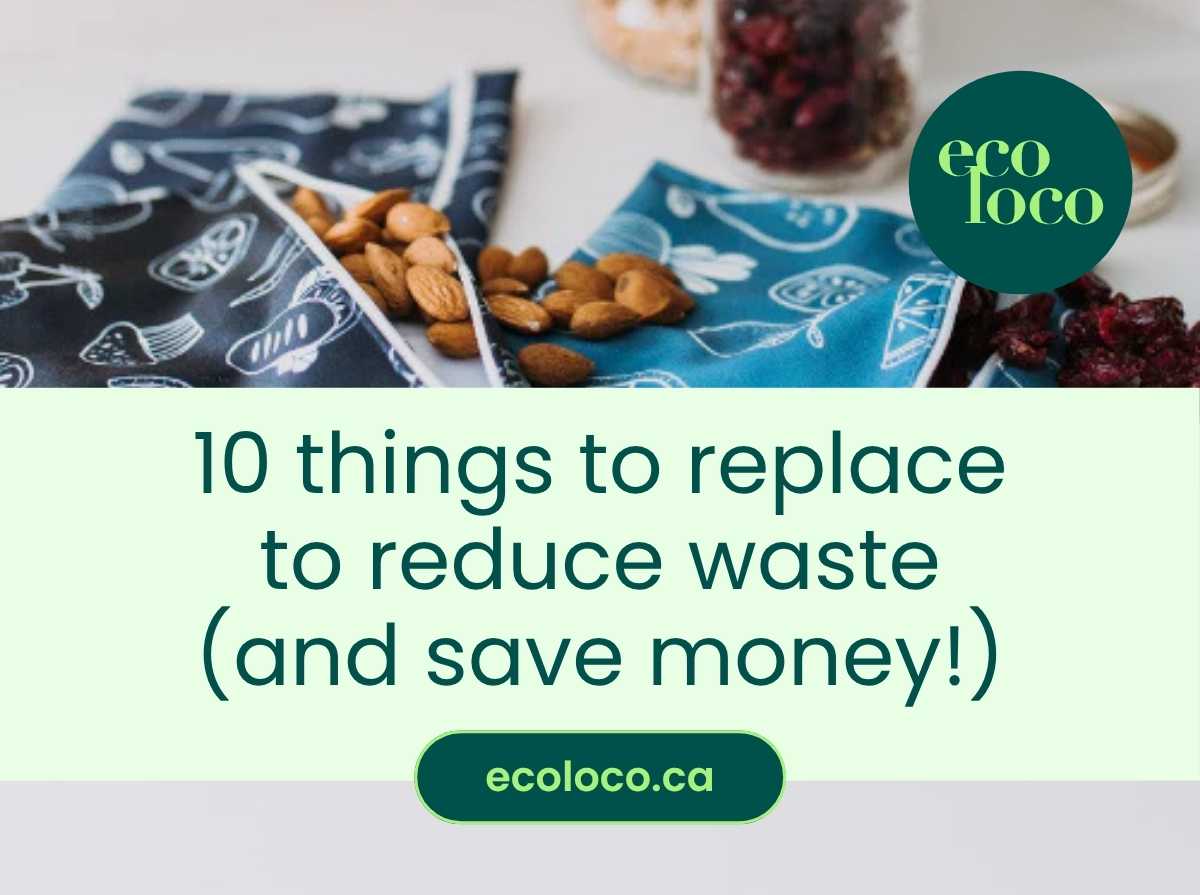


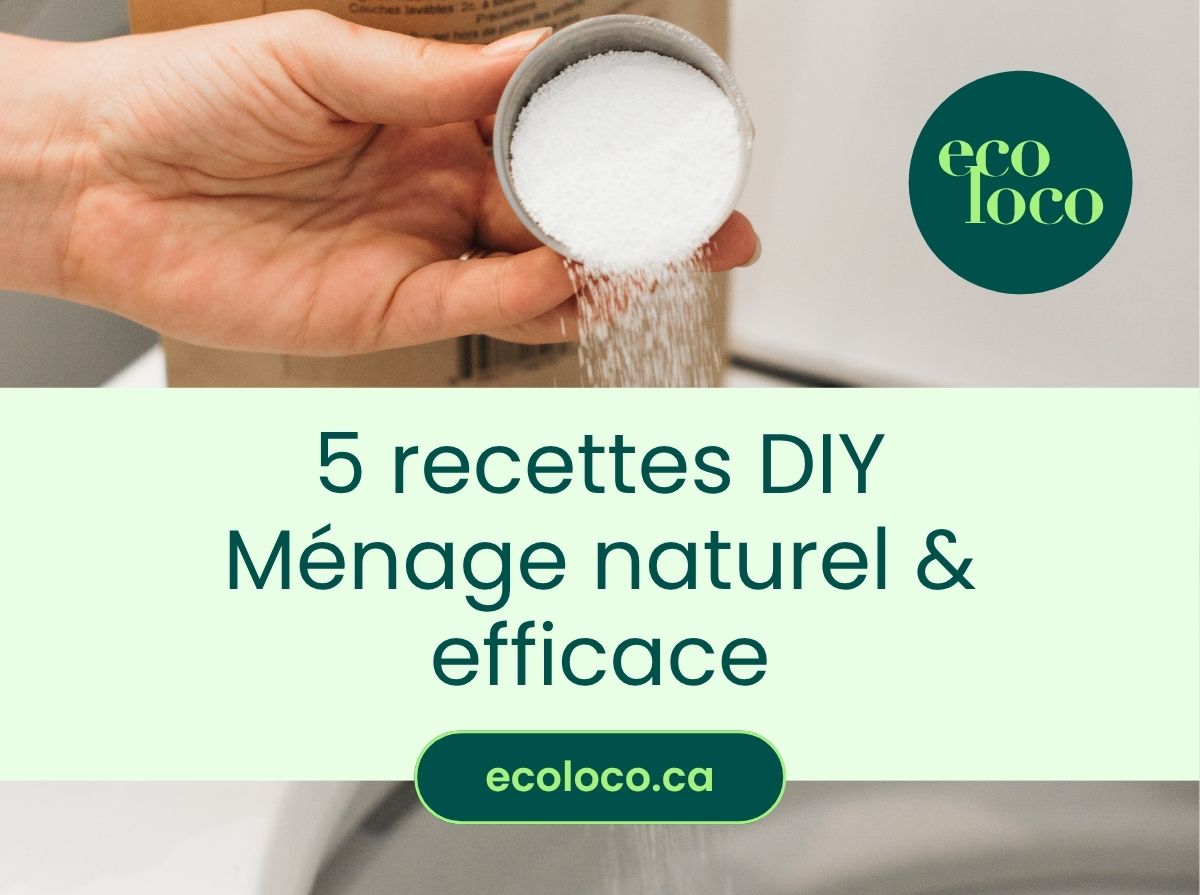

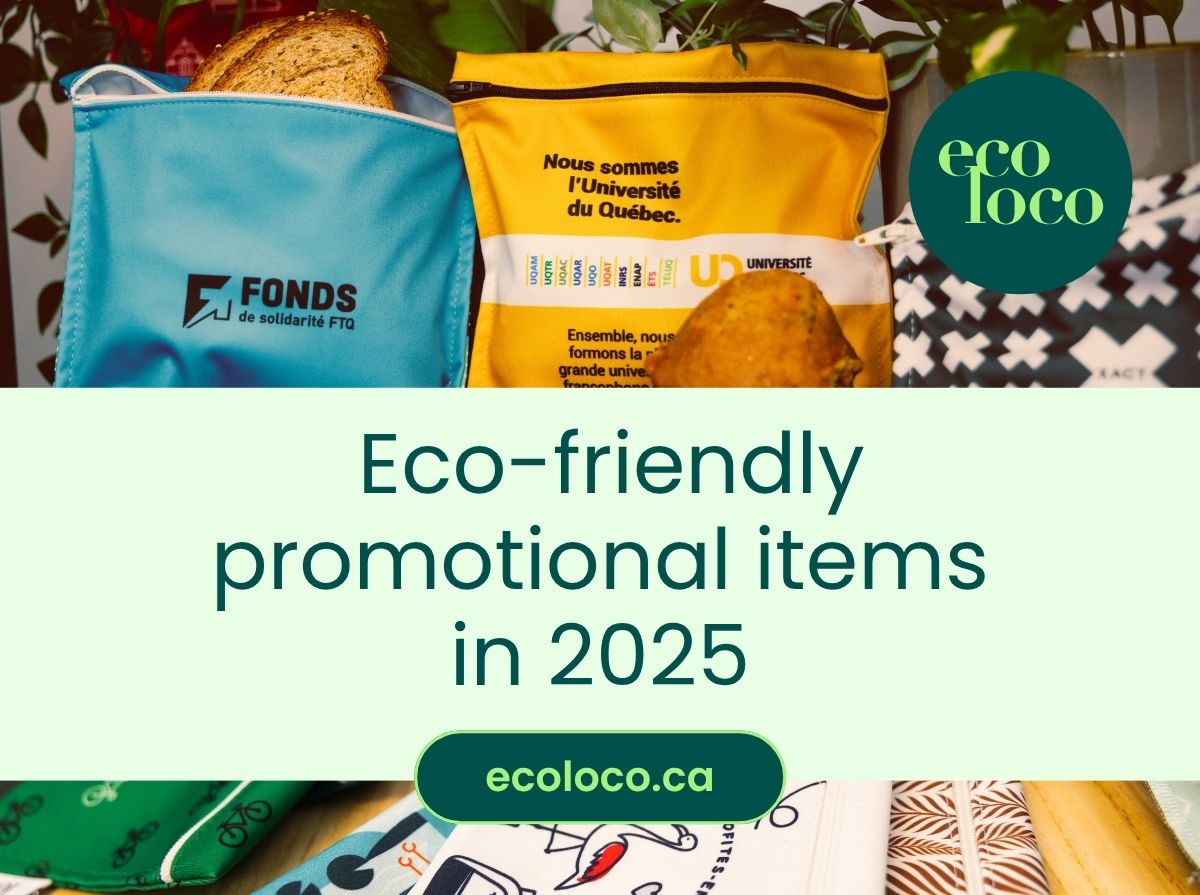
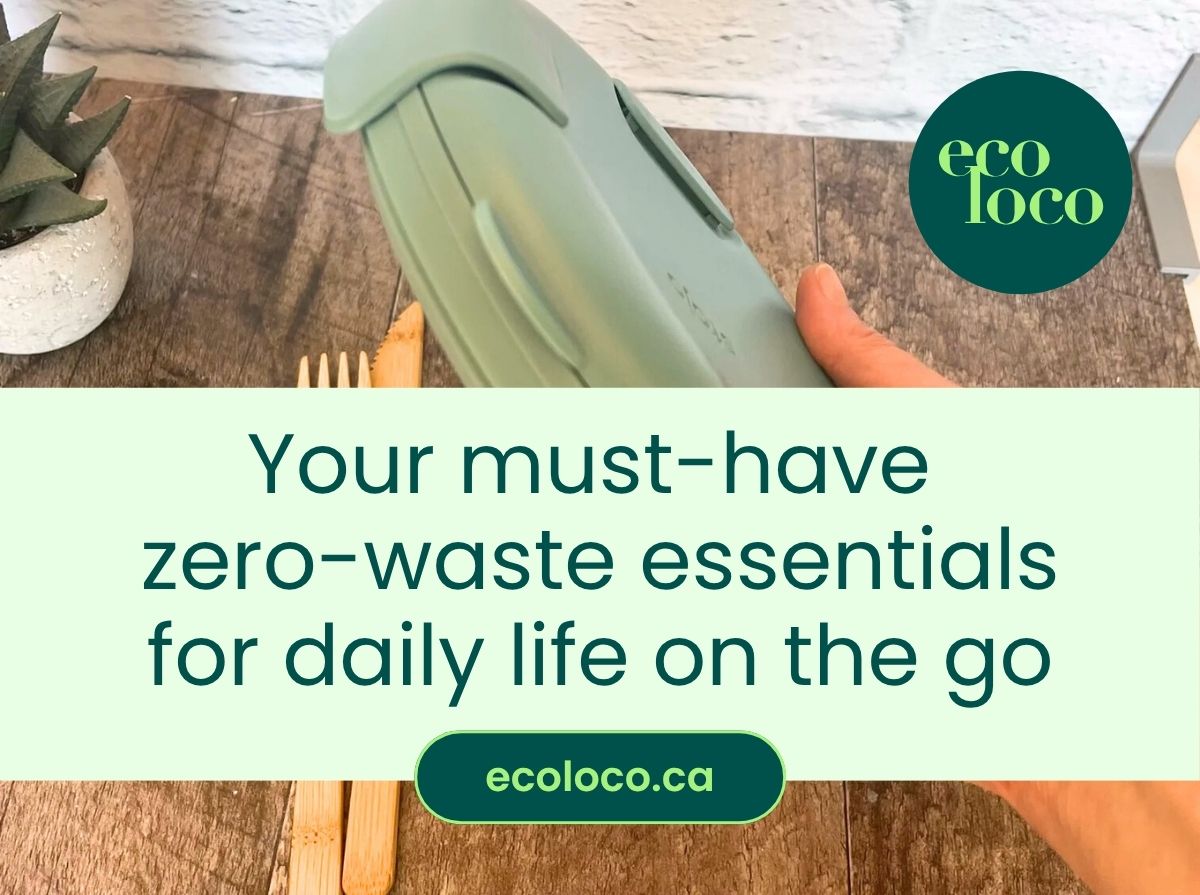

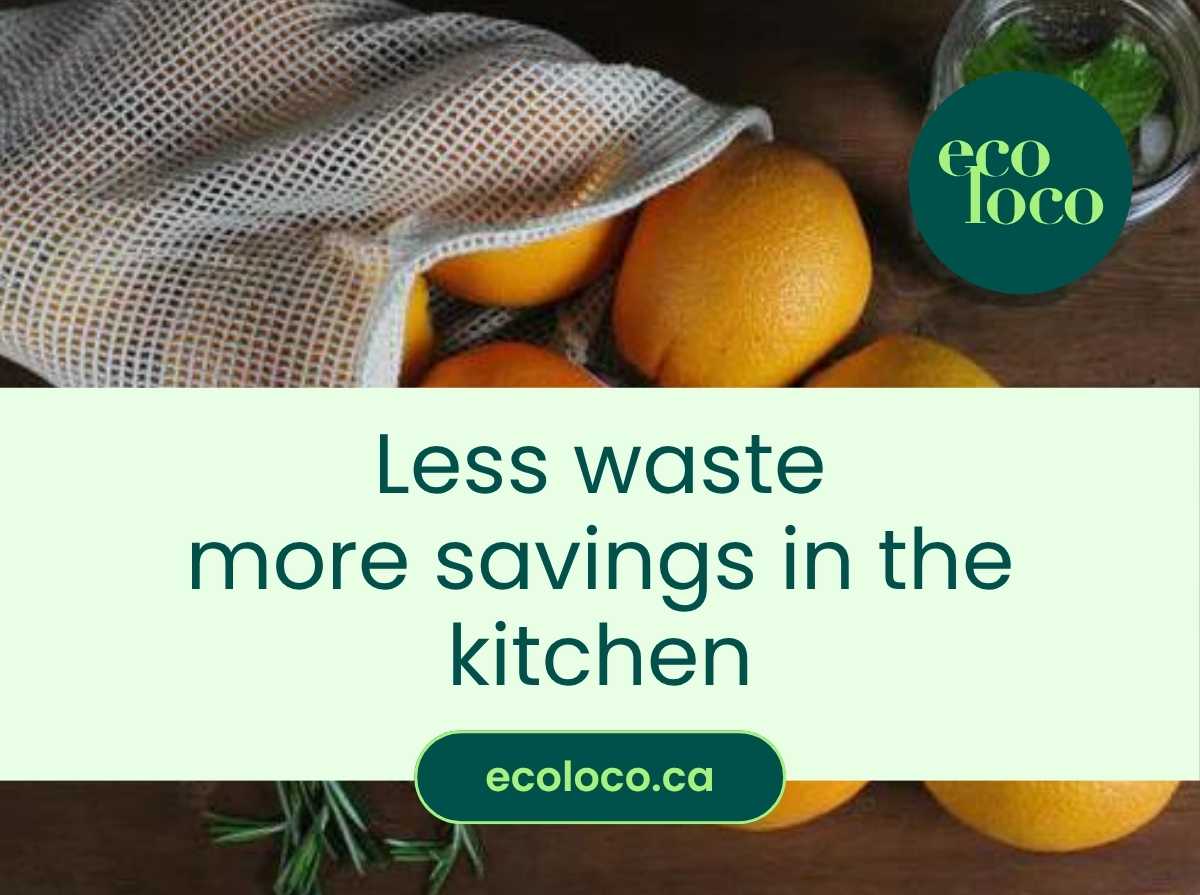
0 comments